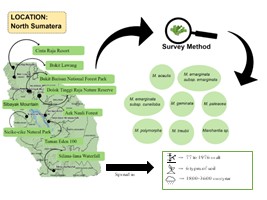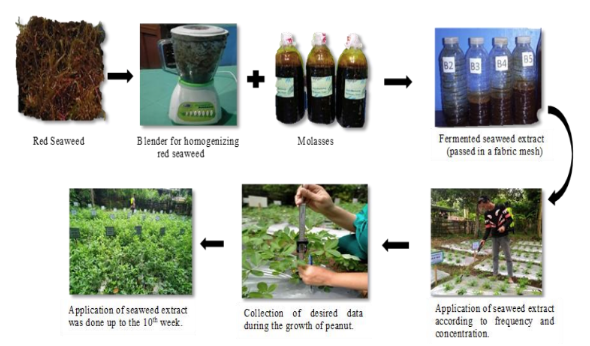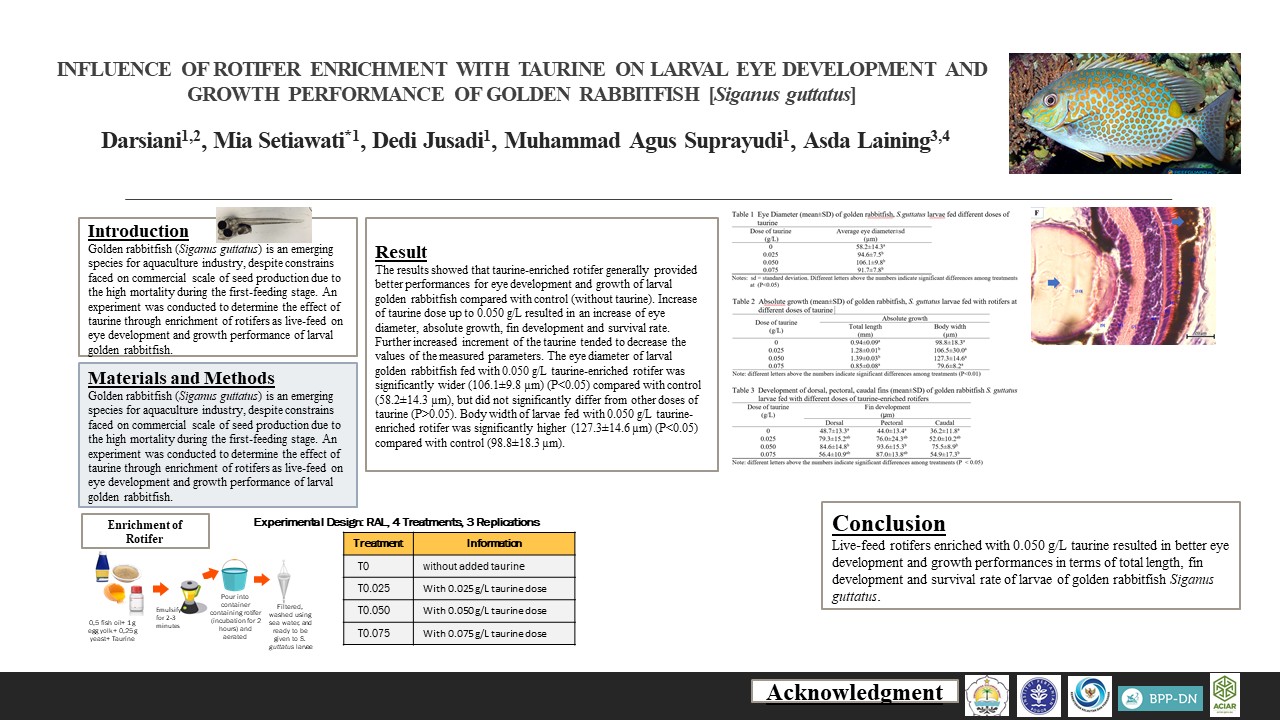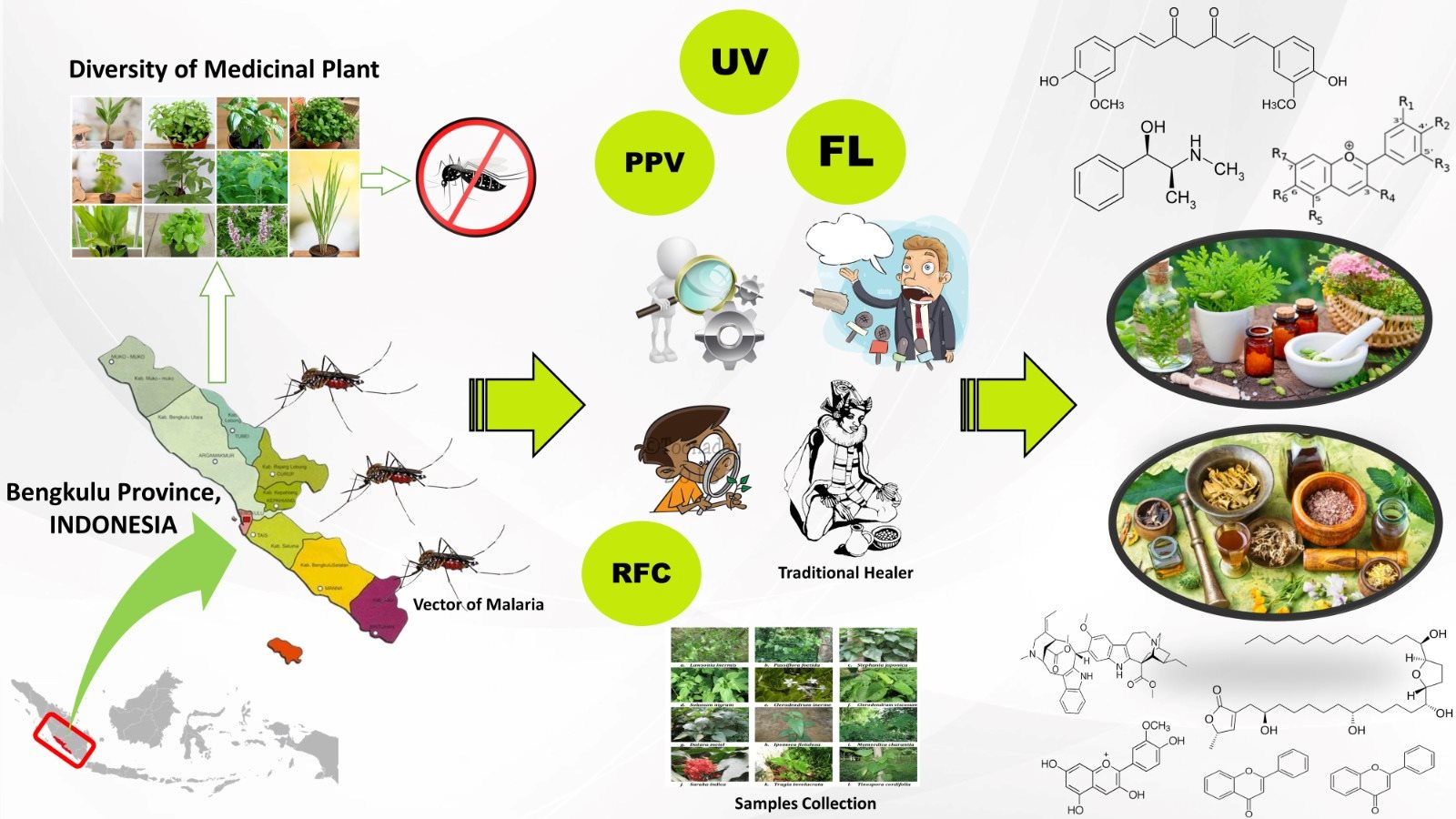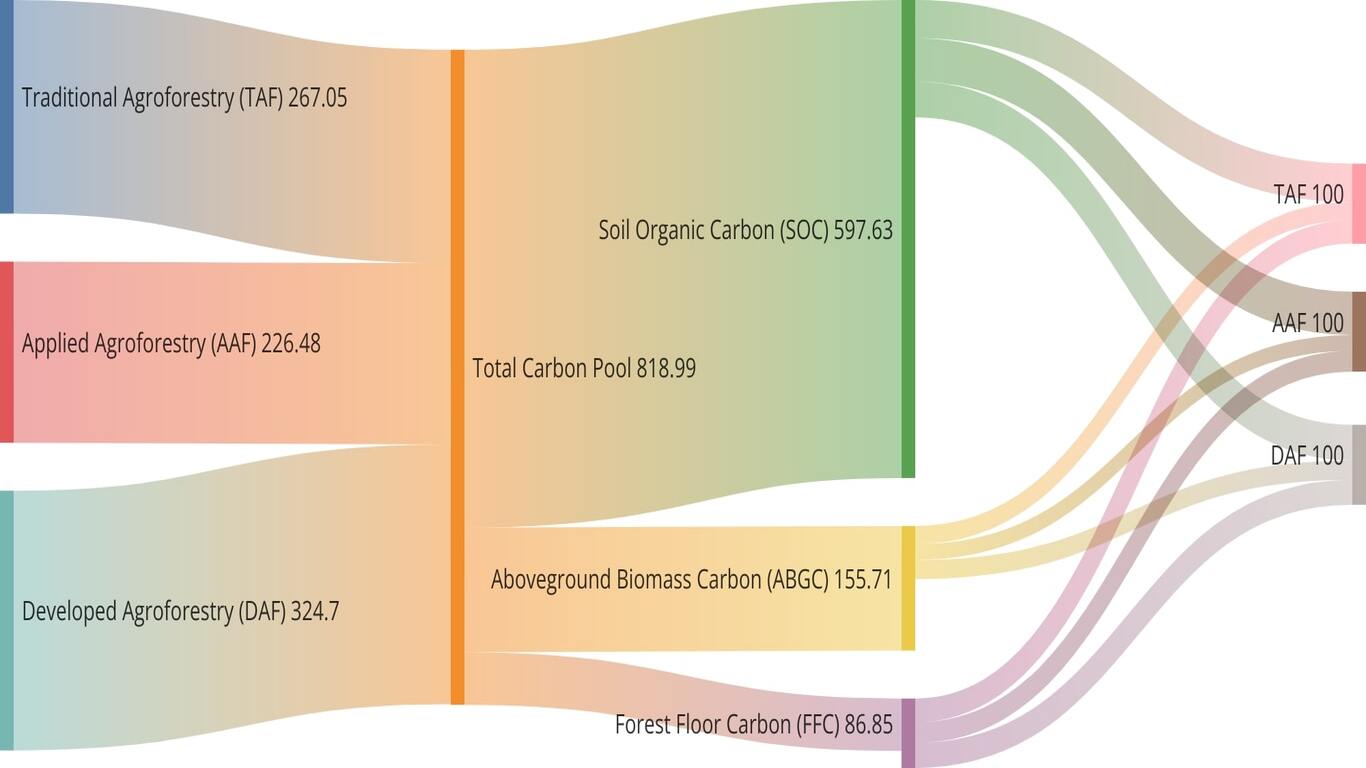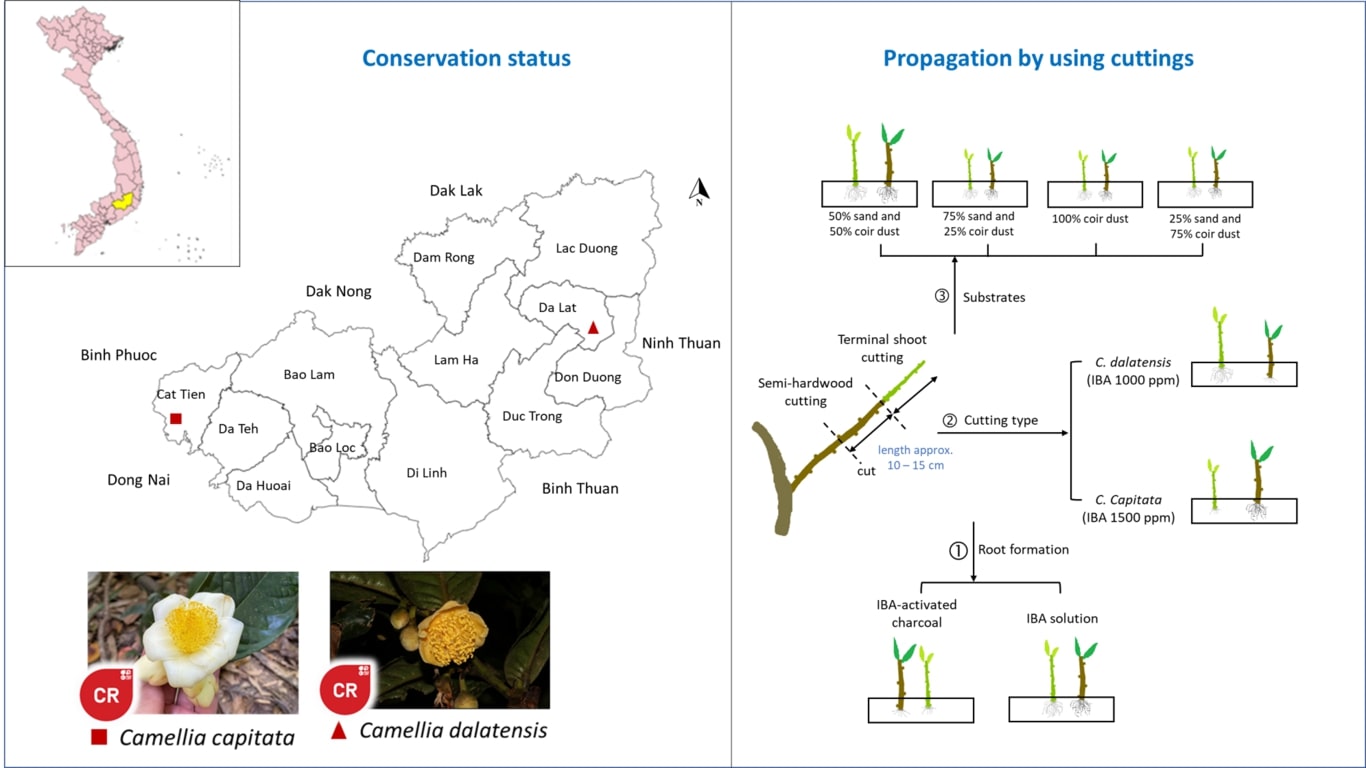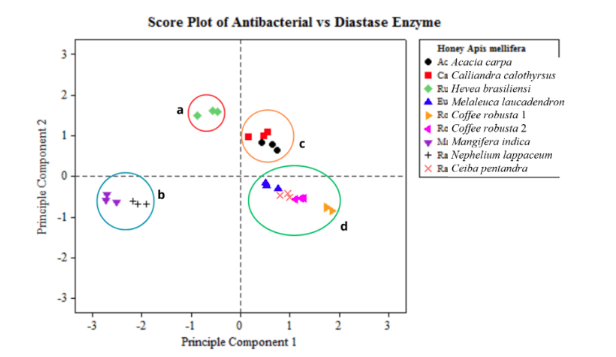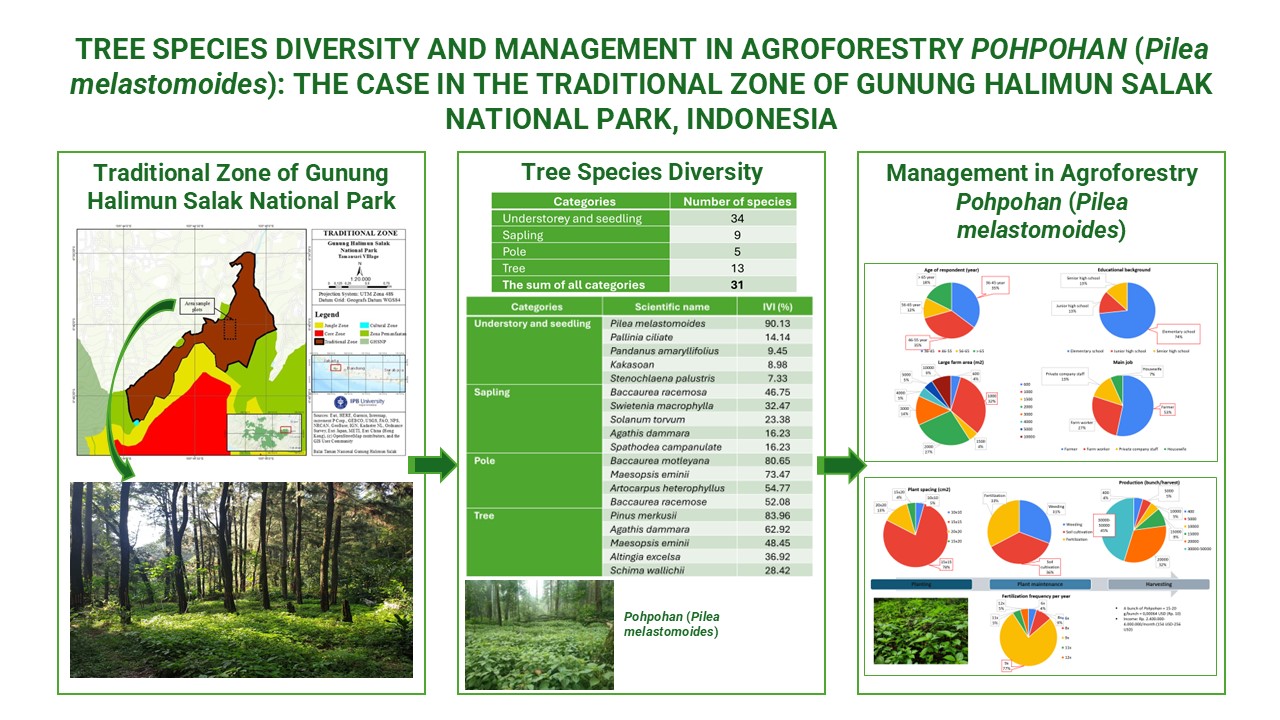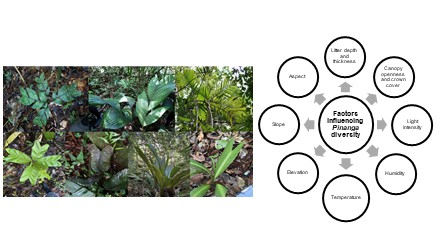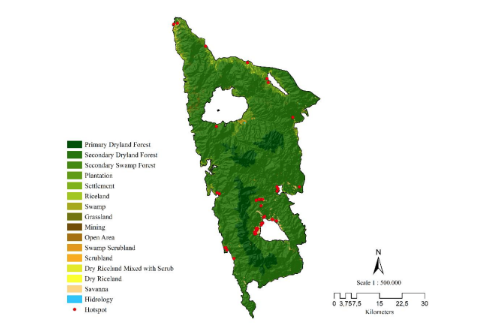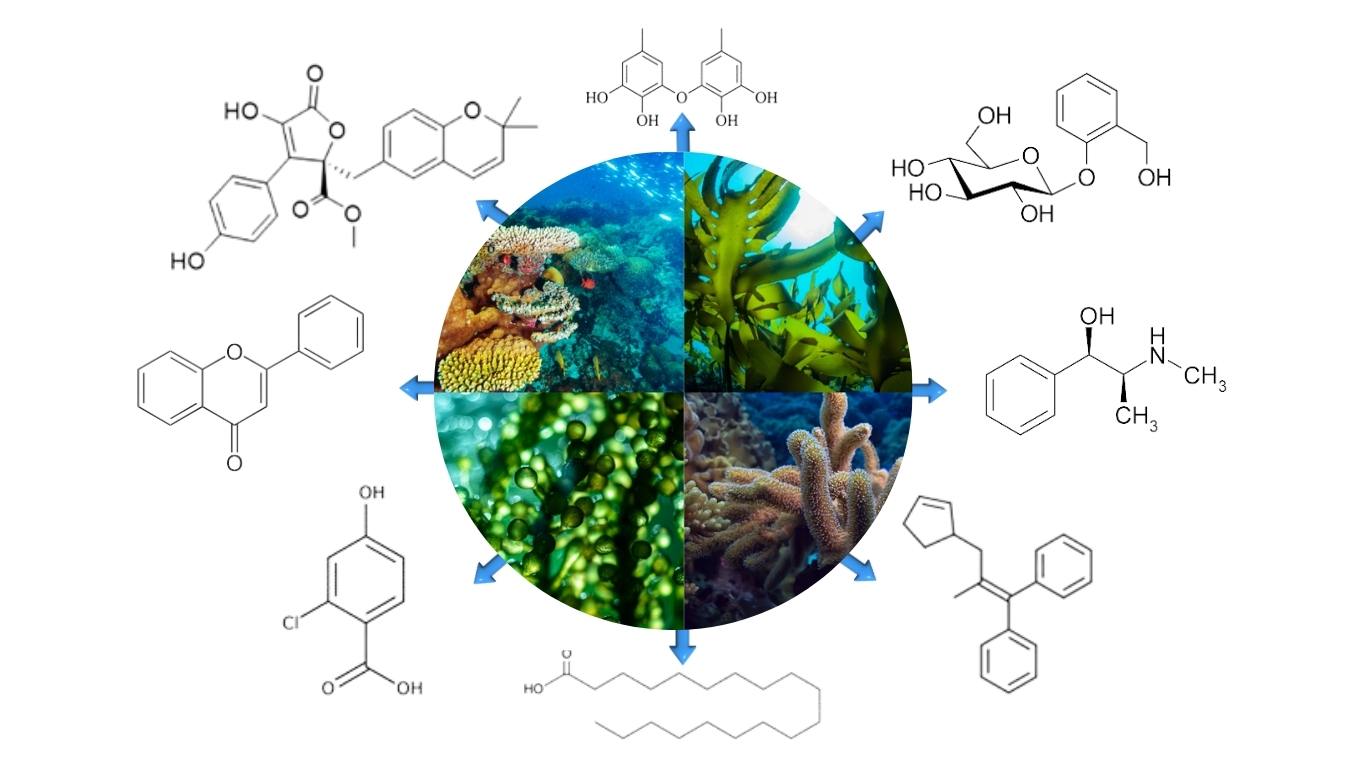A NEW RECORD OF THE CREEPING CUCUMBER, Melothria pendula L. (Cucurbitaceae) FROM HALMAHERA, NORTH MALUKU, INDONESIA
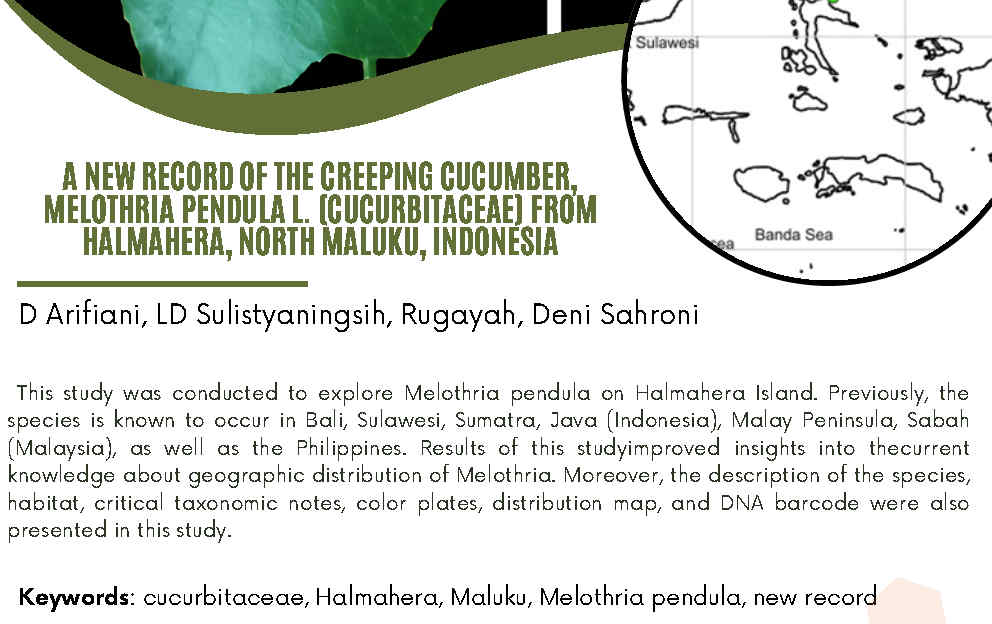
Downloads
Article Highlights
- Botanical inventory in Halmahera island, North Maluku has found the species Melothria pendula for the first time.
- In Indonesia, the species Melothria pendula is previously known only from Java, Sumatra, Sulawesi, and Lesser Sunda Island.
- DNA barcodes for the species Melothria pendula from Indonesia firstly deposited in NCBI GenBank.
Abstract
This study was conducted to explore Melothria pendula on Halmahera Island. Previously, the species is known to occur in Bali, Sulawesi, Sumatra, Java (Indonesia), Malay Peninsula, Sabah (Malaysia), as well as the Philippines. Results of this study improved insights into the current knowledge about geographic distribution of Melothria. Moreover, the description of the species, habitat, critical taxonomic notes, color plates, distribution map, and DNA barcode were also presented in this study.
Downloads
de Wilde WJJO, Duyfjes BEE. 2006. Redefinition of Zehneria and four new related genera (Cucurbitaceae), with an enumeration of the Australasian and Pacific species. Blumea 51:1-88. DOI: https://doi.org/10.3767/000651906X622346
de Wilde WJJO, Duyfjes BEE. 2010. Cucurbitaceae. Flora Malesiana Cucurbitaceae Series 1 Vol. 19. Leiden (NL): Netherlands Centre for Biodiversity Naturalis, Leiden University.
Djarwaningsih T, Sunarti S, Kramadibrata K. 2002. Panduan pengolahan dan pengelolaan material herbarium serta pengendalian hama terpadu di Herbarium Bogoriense. Herbarium Bogoriense-Bidang Botani, Pusat Penelitian Biologi, Lembaga Ilmu Pengetahuan Indonesia. [Guide to processing and managing herbarium materials and integrated pest control at the Herbarium Bogoriense. Herbarium Bogoriense-Botany Division, Research Center for Biology, Indonesian Institute of Sciences]. Bogor (ID): CV Media Aksara. 83 pp.
Guerrero-Torres P, Hernández-Sandoval L, Casas A. 2022. Melothria pendula L. Melothria pringlei (S. Watson) Mart. Crov. Melothria trilobata Cogn. CUCURBITACEAE. In: Casas A, Blancas Vázquez JJ (Editors). Ethnobotany of the Mountain Regions of Mexico. Ethnobotany of Mountain Regions. Cham (CH): Springer. DOI: 10.1007/978-3-319-77089-5_42-1 DOI: https://doi.org/10.1007/978-3-319-77089-5_42-1
Husaini IPA, Widjaya AH, Saripudin, Yuliyanto P, Latifah D, Irsyam ASD, …, Hariri MR. 2024. Melothria pendula L. (Cucurbitaceae): first report from Java and range extension in Sumatra, Indonesia. Check List 20(2):553-8. DOI: 10.15560/20.2.553 DOI: https://doi.org/10.15560/20.2.553
Konopka G, Szamałek K, Zglinicki K. 2022. Ni-Co Bearing Laterites from Halmahera Island (Indonesia). Appl Sci 12(15):7586. DOI: https://doi.org/10.3390/app12157586
Mahr S. 2014. Mouse melon or Mexican sour cucumber: Melothria scabra. A horticulture information. Wisconsin Master Garderner. Available from: https://mastergardener.extension.wisc.edu/files/2015/12/Melothria_scabra.pdf
Mustaqim WA, Putra HF. 2020. Melothria (Cucurbitaceae): A new genus record of naturalized cucumber in Sumatra. Floribunda 6(5):183-7. DOI: https://doi.org/10.32556/floribunda.v6i5.2020.318
Raju R, Prakash T, Rahul R, Poonangadu SS, Kumar SS, Sonaimuthu P, …, Capili JT. 2021. Phytochemical analysis of three common medicinal plants (Gliricidia sepium, Melothria pendula, and Pithecellobium dulce) in the Philippines. Sch Acad J Biosci 3:84-8. DOI: https://doi.org/10.36347/sajb.2021.v09i03.004
Sinha BN, Thanigavelan J, Basu SP, Sukumar E. 1996. Studies on Melothria maderasapatana (Linn.) Cogn. Ancient Science of Life XV:238-40.
Struebig MJ, Anita SG, Beger M, Bani A, Barus H, Brace S, …, Supriatna J. 2022. Safeguarding imperiled biodiversity and evolutionary process in the Wallace center of endemism. Bioscience 72(11):1118-30. DOI: 10.1093/biosci/biac085 DOI: https://doi.org/10.1093/biosci/biac085
Voigt M, Supriatna J, Deere NJ, Kastanya A, Mitchell SL, Rosa IMD, …, Widyanto A. 2021. Emerging threats from deforestation and forest fragmentation in the Wallace centre of endemism. Environ Res Lett 16(9):094048. DOI: 10.1089/1748-9326/ac15cd DOI: https://doi.org/10.1088/1748-9326/ac15cd
White TJ, Bruns T, Lee S, Taylor J. 1990. Amplification and direct sequencing of fungal ribosomal RNA genes for phylogenetics. In: PCR Protocols: A guide to methods and applications. Innis MA, Gelfand DH, Sninsky JJ, White TJ (Editors). New York (US): Academic Press. p. 315-22. DOI: https://doi.org/10.1016/B978-0-12-372180-8.50042-1
Copyright (c) 2024 Deby Arifiani, Lulut Dwi Sulistyaningsih, Rugayah, Deni Sahroni

This work is licensed under a Creative Commons Attribution-NonCommercial-NoDerivatives 4.0 International License.
Authors who publish with this journal agree with the following terms:
- Authors retain copyright and grant the journal right of first publication, with the work 1 year after publication simultaneously licensed under a Creative Commons attribution-noncommerical-noderivates 4.0 International License that allows others to share, copy and redistribute the work in any medium or format, but only where the use is for non-commercial purposes and an acknowledgement of the work's authorship and initial publication in this journal is mentioned.
- Authors are able to enter into separate, additional contractual arrangements for the non-exclusive distribution of the journal's published version of the work (e.g., post it to an institutional repository or publish it in a book), with an acknowledgement of its initial publication in this journal.
- Authors are permitted and encouraged to post their work online (e.g., in institutional repositories or on their website) prior to and during the submission process, as it can lead to productive exchanges, as well as earlier and greater citation of published work (See The Effect of Open Access).









